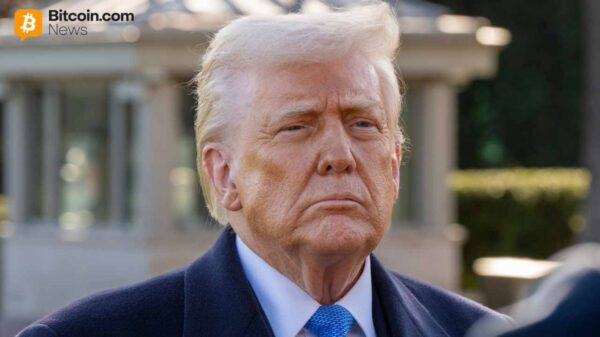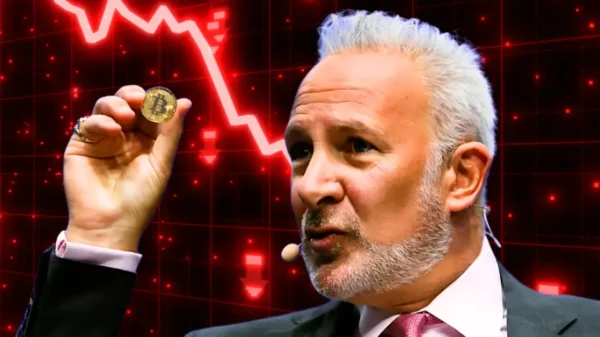The recent U.S. jobs report has created turbulence in financial markets, significantly affecting the cryptocurrency sector. With unemployment rates climbing and traders adjusting their forecasts regarding the Federal Reserve, both Bitcoin and altcoins are responding to the current macroeconomic landscape.
The delayed job report from September 2025 revealed that unemployment has risen to 4.4%, marking the highest level since October 2021. Although the economy managed to add 119,000 jobs, which exceeded expectations, it still indicates a deceleration in growth. The Bureau of Labor Statistics pointed out that nonfarm payrolls have shown minimal variation since April, despite ongoing hiring in sectors such as healthcare, food services, and social assistance. Meanwhile, job losses were noted in transportation, warehousing, and federal government roles, highlighting the uneven recovery.
While the U.S. Department of Labor publicly commended these figures as evidence of “progress to restore the American Dream” under the Trump administration, economist Justin Wolfers offered a more skeptical view. He likened the monthly jobs report to a “bathroom scale,” suggesting that a single reading cannot define a trend, yet the increase in unemployment signals that the economy may be “consuming too much economic junk food.”
Following the jobs release, the crypto markets reacted swiftly. Bitcoin dipped below $82,000 as technology stocks also fell. The resulting panic selling across risk assets led to over $2 billion in crypto liquidations, with $962 million specifically in Bitcoin. Within just two hours of the jobs report, $450 million in leveraged positions were liquidated as the markets recalibrated in light of a potential postponement of the Fed”s policy shifts.
Market participants are divided regarding the Federal Reserve”s next steps. A rise in unemployment typically increases the likelihood of interest rate cuts, but policymakers remain cautious, fearing that premature easing could keep inflation levels above desired targets. In the aftermath of the jobs report, futures markets have significantly reduced the probability of a rate cut in January 2026 from 55% to 20%. For December, data from CME indicates a 70% chance of a rate cut, a notable increase from the previous day”s 39%.
It is also important to note that the October jobs report was canceled due to the government shutdown, which means that November”s data will be released after the December Federal Open Market Committee (FOMC) meeting. This situation leaves the Fed with less reliable information, leading to uncertainty in market predictions.
The current climate presents both fear and opportunity for traders. The uptick in unemployment suggests a faltering economy, which could compel the Fed to lower interest rates—a scenario generally favorable for Bitcoin and other risk assets. However, the combination of stronger payrolls and persistent inflation concerns maintains a high level of volatility. Analysts report that while traders are cautious with Bitcoin below $90,000, they are not entirely bearish, holding out for more definitive economic signals.
Billionaire investor Ray Dalio has warned that markets may be in a “bubble,” yet he does not foresee an immediate cause for a crash. He advises diversifying into scarce assets like gold, a strategy that could also benefit Bitcoin in the long run.
As expectations regarding interest rates fluctuate daily and U.S. economic data continues to send mixed signals, traders should brace for ongoing volatility as 2025 approaches its conclusion.






































































